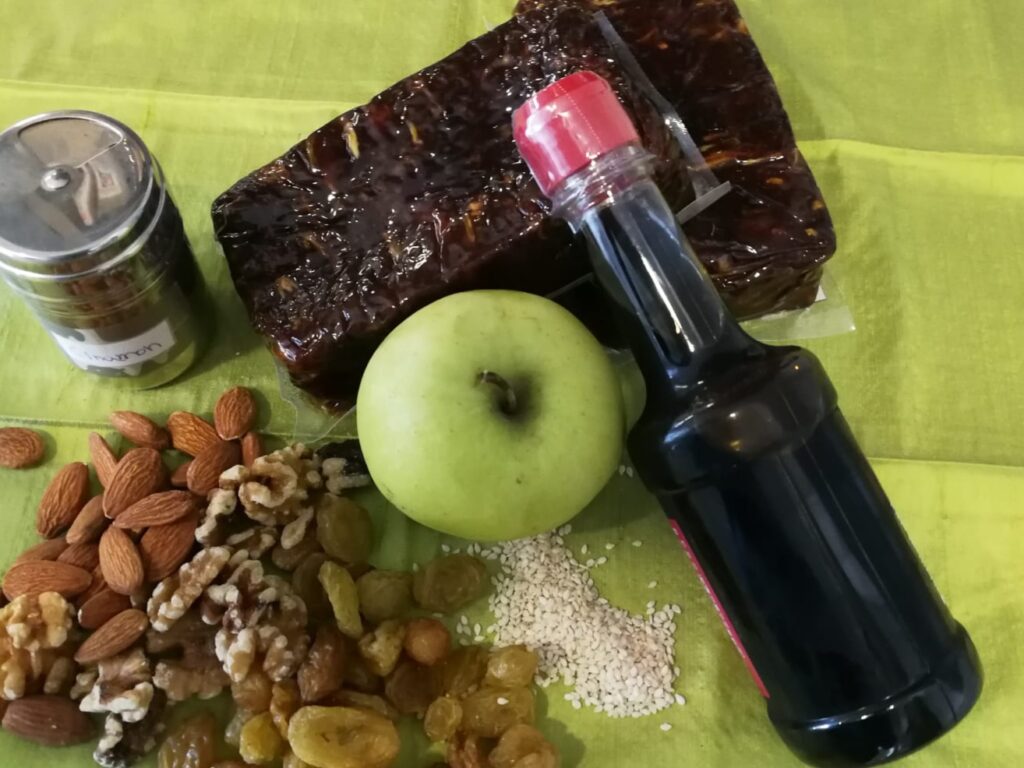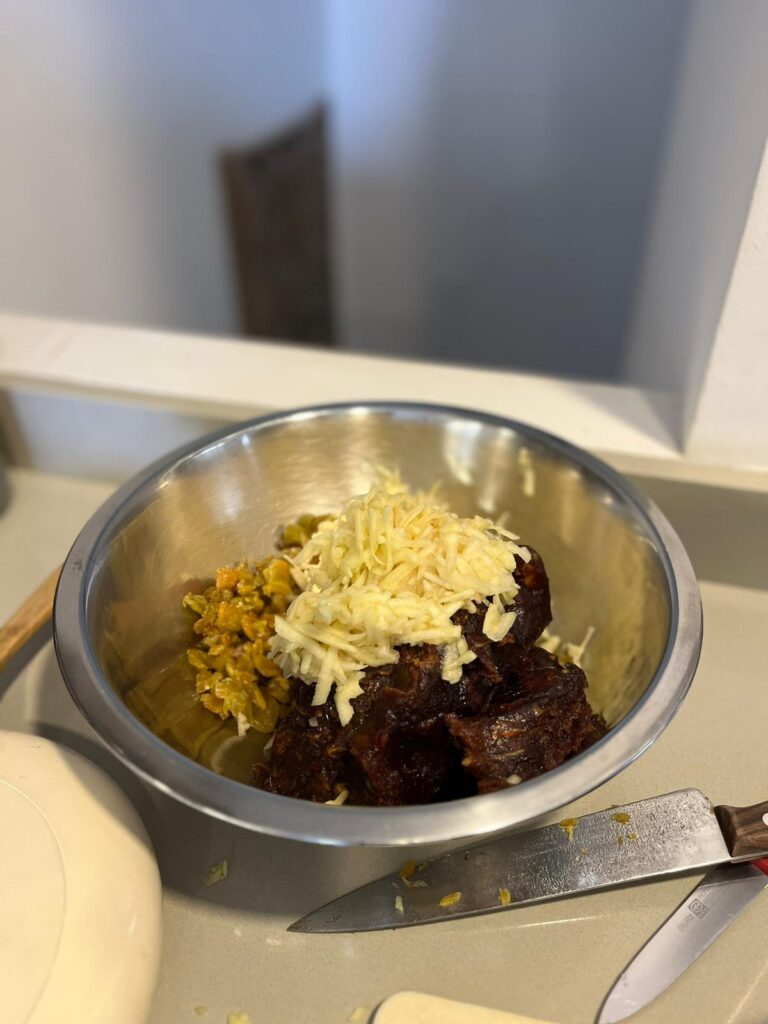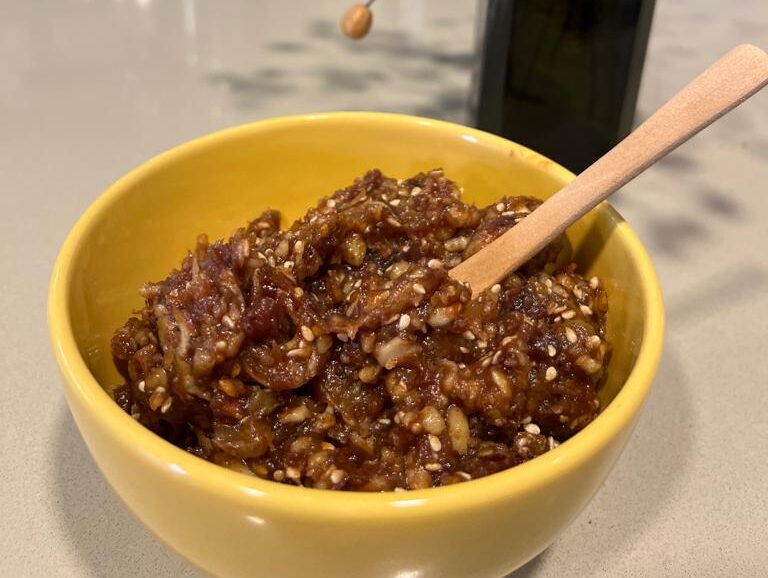With Pessach (Passover) looming large, Jewish homes the world over are frantically cleaning and gearing up for a week without chametz. Chametz is any food in which the leavening agent yeast can thrive and grow. This is of course from the Torah or Old Testament book of Exodus 11–19 when the Hebrews fled Ancient Egypt and were in such a rush that they didn’t have time to allow their bread to rise before baking. Symbolically we eat matzah three thousand-plus years later to help us to remember those transformational biblical events that brought us to the present as a thriving and definable people.
Basically, all religious Jews, many less-observant traditional and even some secular Jews, wherever they are in the world, observe the symbolic precepts pertaining to the Passover festival.
Unleavened bread or matzah is bread made from a specially supervised process where the bread flour, once mixed only with water, must be processed and baked within 18 minutes to ensure that no known yeast has the time to do its stuff and get leavening.
Matzah isn’t that palatable, so to keep us all on the straight and narrow, charoset, another symbolic food from three thousand years ago, is used to help the matzah medicine go down.
In the Middle East, charoset is made from dates, apples, raisins, nuts and pomegranate juice. All ground together it makes a sweet, sticky and tasty spread to enjoy your matzah with. It is symbolic of the mortar and bricks that were used by the Hebrew slaves to construct the giant edifices built during their time in bondage in pharaonic Egypt.
If you can’t handle the matzah, charoset goes well with a nice crispy leaf of Romaine lettuce.
This is a traditional recipe taken from a book written by Yehuda Nachum, the acknowledged Israeli Yemenite archivist of the ancient ways and traditions of the now extinct Jewish community of Yemen.
Charoset (enough for a week and more)
Ingredients:
- 550 g crushed dates
- 250 g sultanas or raisins
- 75 g almonds
- 75 g walnuts
- 250 g Yellow Delicious apples, peeled, cored and grated
- 10 g ground cinnamon
- 100 g pomegranate juice
- 50 g lightly toasted sesame seeds
- Sweet wine or grape juice for thinning before serving.
Method:
Put everything but the pomegranate juice and toasted sesame into a food processor and pulse until a rough thick paste is achieved. Remove to a mixing bowl and mix in the pomegranate juice and toasted sesame with a large spoon. This will leave you with a thick concentrated mass that you can store in the fridge.
To use, spoon out what you need, add either grape juice or a sweet wine and mix to achieve a lighter and more spreadable relish.
Pessach Samayach (Happy Passover)



If you enjoyed this recipe why not share it with your friends via social media or e-mail? If you want a copy of your own select the print option at the top of the page.
